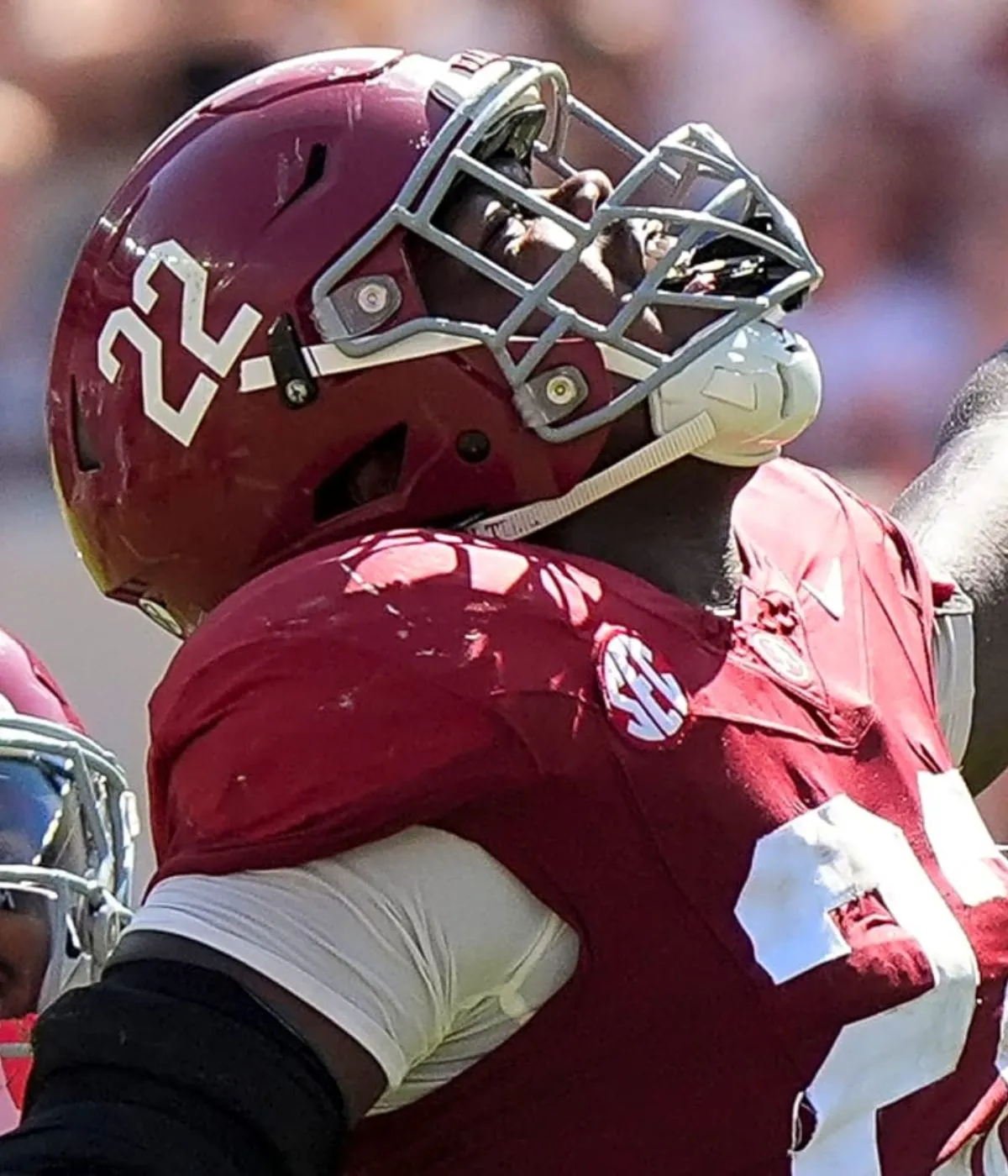As the NFL calendar turns toward training camp, an off-field storyline involving T.J. Watt took center stage in Pittsburgh. Trade rumors and contract wrangling around the All-Pro linebacker ignited speculation about both his future and the Steelers’ ability to field a competitive, cap-compliant roster in 2025.

While the chatter ultimately ended with a landmark three-year, $123 million contract extension, the process revealed the complexities of roster-building in a league where one megastar’s fate can rewrite the narrative of an entire franchise.
This article examines how the arc of these discussions affects Pittsburgh’s 2025 strategy, salary distribution, and long-term competitiveness.
How trade rumors took root
Trade speculation surrounding Watt increased as contract negotiations turned tense early in the offseason. Watt, a perennial Defensive Player of the Year candidate, skipped both voluntary and mandatory minicamps, driving a wedge between player and club.
The gap created rumors: if talks collapsed, Pittsburgh could consider a deal rather than risk losing its most bankable pass rusher for nothing in free agency.
Reports suggested Watt’s value in a trade might have been as little as a single second-round pick, an unusually low ceiling reflecting the linebacker’s age (30) and enormous salary demands. This environment stoked anxiety, as both the franchise and fan base grappled with the risk-reward calculus of moving one of the league’s premier defenders.
The financial high-wire act of Watt’s new deal
Any trade scenario was always improbable because of Watt’s centrality to the Steelers’ identity, and the club’s eventual deal with him set a new benchmark for non-quarterback contracts.
Per OverTheCap.com, the three-year, $123 million extension includes $108 million fully guaranteed and averages $41 million per year, the highest annual salary for a defensive player in league history.
Pittsburgh managed to secure perhaps its most valuable asset just ahead of training camp, avoiding a prolonged standoff. However, this monster investment means Watt alone will cost the franchise over 10% of its total salary cap next season, with a $30.4 million cap hit in 2025. While the NFL cap continues to rise, such outlays demand careful roster planning, especially as younger talent matures and bargains on rookie deals disappear.
Roster math: distribution of cap space
With Watt locked in, the Steelers’ 2025 roster math becomes a balancing act. At $41 million annually, Watt’s deal outstrips those of fellow edge rushers and even some star receivers, consuming resources that would otherwise fund depth across positions.
The Steelers’ latest cap allocation estimates show $298.2 million committed, leaving just $25.2 million available for additional moves.
This could restrict flexibility to extend other stars and slow efforts to strengthen positions like offensive line and secondary. For years, Pittsburgh excelled at fielding robust, balanced lineups. However, as one player’s dollar share grows, the club must maximize value from draft picks and lower-priced contributors just to sustain its playoff trajectory and stay competitive in the NFL standings.
How Watt shapes defensive identity and depth
Though the money is notable, Watt’s on-field impact supports the team’s decision to keep him at all costs. In eight seasons, he has racked up 108 sacks, leading the league over that period. He was a second-team A.P. All-Pro while forcing six fumbles last season, starting all 17 games.
His presence extends beyond statistics, setting a standard for work ethic that permeates the locker room. For Pittsburgh’s defense, losing that edge would create both a tactical and a psychological void.
With players such as Jalen Ramsey joining the secondary, the hope is that a star-driven core can lift less-heralded teammates. At the same time, a compressed budget makes it more difficult to field a defense with quality depth at every level, increasing the premium on health and durability.
Roster building in a new era
The T.J. Watt trade saga ended not with a blockbuster departure but a record-setting extension. Pittsburgh’s choice signals confidence in a cornerstone defender, but also tightens the screws on the team’s future roster math.
In an NFL shaped by escalating salaries and cap acrobatics, teams face an evolving puzzle: how to maintain star power without sacrificing depth. The Watt contract crystallizes this challenge for the Steelers and offers a preview for others navigating the same financial crosscurrents.
As the pursuit of championships accelerates, keen drafting and creative contract management have never mattered more. Now, the franchise (and its fans) wait to see if the balance struck this summer pays off on the field.
-1749812440-q80.webp)


